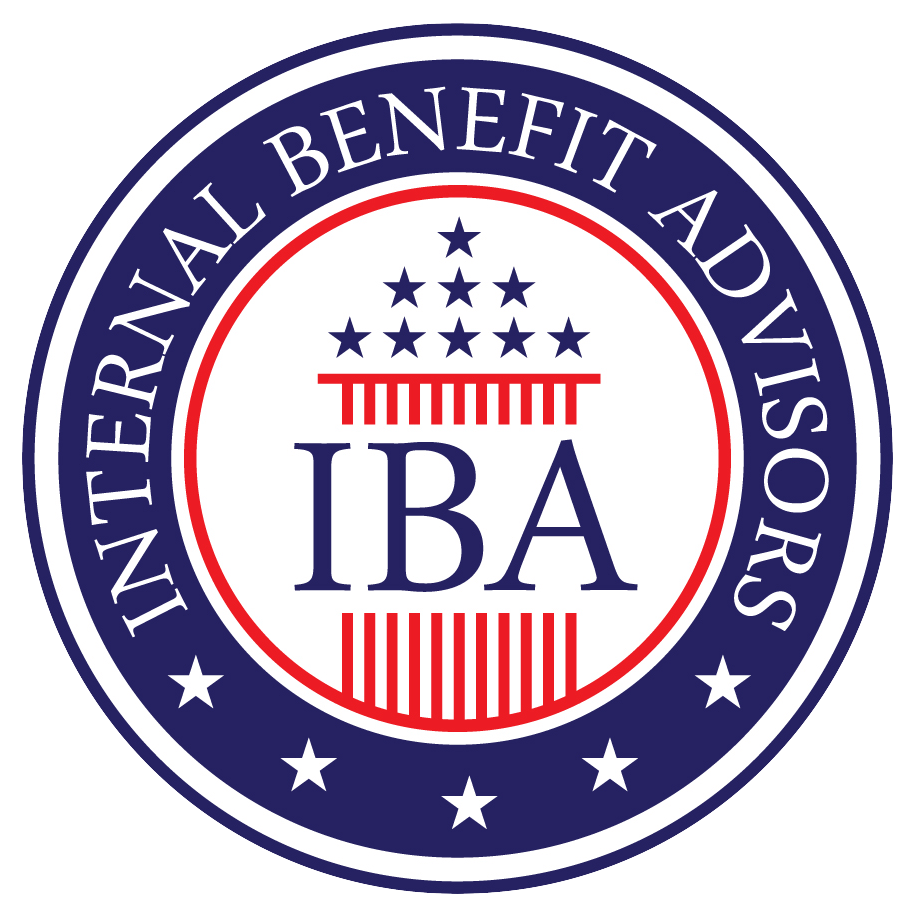A recent court ruling has denied an attempt to revive a Trump-era executive order that aimed to limit union activities for federal employees. While this decision is a win for labor unions, it also highlights the importance of understanding how policy changes can affect federal retirement benefits and job security.
For federal employees, staying informed about legal and political shifts is crucial—especially when planning for retirement. Changes in labor laws, union rights, and federal policies can influence benefits like the Thrift Savings Plan (TSP), pensions, and healthcare coverage.
Meet Sarah: A Federal Employee Just Like You
Sarah has been a dedicated federal employee for 15 years. She enjoys her job and knows her benefits are good, but she hadn’t looked at the details in a while. When she heard about the court case, it wasn’t that specific case that worried her, but the idea that things could change. It got her thinking: “Am I truly prepared for my future, no matter what happens?”
She thought about her Federal Retirement Planning. She knew she had the Federal Employees Retirement System (FERS), which is like a three-legged stool for retirement:
- Basic Benefit: A pension plan you get after you meet certain age and service requirements.
- Social Security: Most federal employees pay into Social Security and will receive benefits.
- Thrift Savings Plan (TSP): This is like a 401(k) for federal workers. You put money in, your agency might match some of it, and it grows over time.
Sarah was contributing to her Thrift Savings Plan (TSP), but was she contributing enough? Was her money in the right TSP funds for her goals? What about her life insurance (FEGLI) or health insurance (FEHB) in retirement? These questions about her Retirement Benefits started to pile up.
Statistics show that many federal employees feel this way. A large percentage of Federal Employees are eligible for retirement, but not everyone feels fully confident about their financial future. For example, while over 90% of eligible FERS employees participate in the TSP, the average balance can vary widely, and many wonder if it will be enough.
Taking Control with Expert Guidance
Sarah realized that trying to figure all this out alone was confusing. She decided to seek help from experts who specialize in Federal Benefits – folks who understand the ins and outs of FERS, TSP, and all the other programs designed for Federal Employees.
She found advisors (like the team at Internal Benefit Advisors) who could:
- Explain her benefits in simple terms: No more confusing jargon!
- Review her current retirement strategy: Were her TSP contributions on track?
- Help her understand her options: What choices did she have for her pension, survivor benefits, or insurance in retirement?
- Create a personalized Retirement Planning roadmap: A clear plan gave her peace of mind.
Why This Matters for YOU
News about policy changes or court decisions can feel unsettling. But instead of worrying, you can take action. Understanding your Federal Benefits and engaging in proactive Federal Retirement Planning is your best strategy for a secure future.
- Did you know? The government offers a 5% match on your TSP contributions if you contribute at least 5% of your salary. That’s free money for your retirement!
- Think about it: Your retirement could last 20, 30, or even more years. Planning now helps ensure you have the income you need.
Just like Sarah, you can gain clarity and confidence. Don’t wait for a “what if” moment. Take control of your Retirement Benefits today. Professionals who understand the unique landscape for Federal Employees can help you navigate your options and build a secure and happy retirement.
Federal Retirement Plan
Federal workers rely on stable benefits, including:
- Pension (FERS/CSRS) – A steady income after retirement.
- Thrift Savings Plan (TSP) – A 401(k)-style investment account with low fees.
- Federal Employee Health Benefits (FEHB) – Lifelong healthcare options.
If union protections weaken, benefits negotiations could change, impacting long-term financial security. That’s why federal retirement planning should include:
✔ Regular TSP contributions (at least 5% to maximize matching).
✔ Understanding FERS annuity calculations (years of service + high-3 salary average).
✔ Staying updated on policy changes that may affect retirement payouts.
What Should Federal Employees Do Now?
- Review your benefits annually with a specialist.
- Increase TSP contributions if possible—even 1% more can grow significantly over time.
- Consult a federal retirement advisor to adjust your strategy as policies evolve.
“Federal employees should proactively manage their retirement plans, especially in uncertain political climates.” – Internal Benefit Advisors
For personalized guidance, visit Internal Benefit Advisors to secure your financial future.
References & Further Reading
- FedWeek: Court Rejects Request to Green-Light Trump’s Order on Restricting Unions
- OPM Retirement Services
- TSP Official Site
By staying proactive, federal employees can safeguard their retirement benefits and enjoy financial peace of mind. Let Internal Benefit Advisors guide you through every step!




